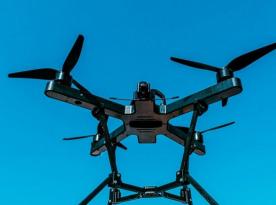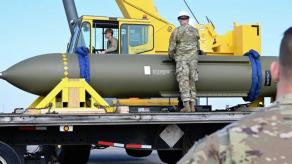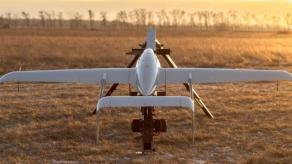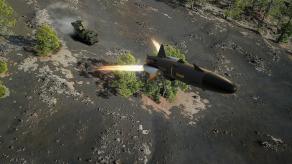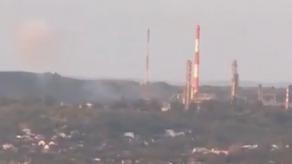Previously, Defense Express reported that russia had created Aqua buoys for anti-drone warfare in the sea domain. The russians say the technology is supposed to detect enemy kamikaze boats and it's being prepared for tests in the Black Sea but don't delve into much detail. The details, however, are crucial here, as these devices introduce a new countermeasure against naval drones — Ukraine's key asset in fighting for control over the Black Sea region.
To get a broader perspective on the topic, we should approach it from multiple angles, starting with how these hydroacoustic devices work in general; then, why russian engineers had to create new special buoys at the request of their military, to begin with.
Read more: russia Creates Aqua Buoys To Detect Kamikaze Boats, Plans Testing in the Black Sea

First, let's outline the core principle that underlies the application of hydroacoustic buoys for detecting sea-based targets. In theory, the idea is simple: a number of hydroacoustic sensors are dropped from an aircraft into a target sea area, then the floating containers catch all possible sounds and identify maritime threats for the duration of their stay. Sea buoys are usually designed to operate for a limited amount of time, so this duration depends on their battery endurance.
The buoys' carriers are specialized naval patrol aircraft and/or anti-submarine helicopters. The buoy network operators usually work from the carriers, figuring out the type of object spotted in the sea by the oscillations of acoustic waves.
Even such a simplified description of this operating principle raises three questions already: what is the potential scale of production for Aqua buoys, how much area they will be able to cover in the Black Sea if mass-produced, and most importantly, where russians will establish a location (or several locations) for system operators, specialized in hydroacoustic detection of Ukrainian kamikaze boats. Understanding these key points will also give a clue as to how Ukraine could disrupt the russian plans.

Here's an important nuance. One might think that the russians for some reason decided to reinvent the wheel, since hydroacoustic buoys are already a regular part of the equipment set for their maritime patrol aircraft. Overall, the russian Navy has three types of these devices in service:
- RGB-1: weight is 14 kilograms, endurance in active mode is 45 minutes, data transmission range is up to 50 kilometers, detection range for a submarine-type threat is up to 2,000 meters in the Black Sea;
- RGB-2: weight is 40 kg, other specs are completely identical to RGB-1;
- RGB-3: weight is a whole 185 kilos, endurance in active mode is only 5 minutes, transmission range is not disclosed, detection range for a submarine-type threat is also about 2 km;
- RGB-16: declared endurance is 5 hours, detection range is not disclosed;
- RGB-55: detection range is 5 km, data transmission range is 30 km.

Based just on the specifications of these buoys, we can assume that none of them turned out capable of effectively detecting or pinpointing the location of Ukrainian unmanned vessels. Unlike submarines, drone boats are relatively tiny, only 5 meters long, and travel on the surface — meaning they emit a much less conspicuous acoustic trace. This could be the reason why russians had to create special buoys named Aqua tailored to this elusive type of threat. Not to mention, the effectiveness of these is yet to be proven in practice.
Besides, the necessity to create a separate type of sea buoy specifically against kamikaze boats suggests that russian experiments with mini-radars and land-based electronic warfare systems placed on warships had failed to counter Ukrainian naval drones.
Read more: Plastic Magura V5 Sea Drones are Invisible to Radars, Says Chief Operator







